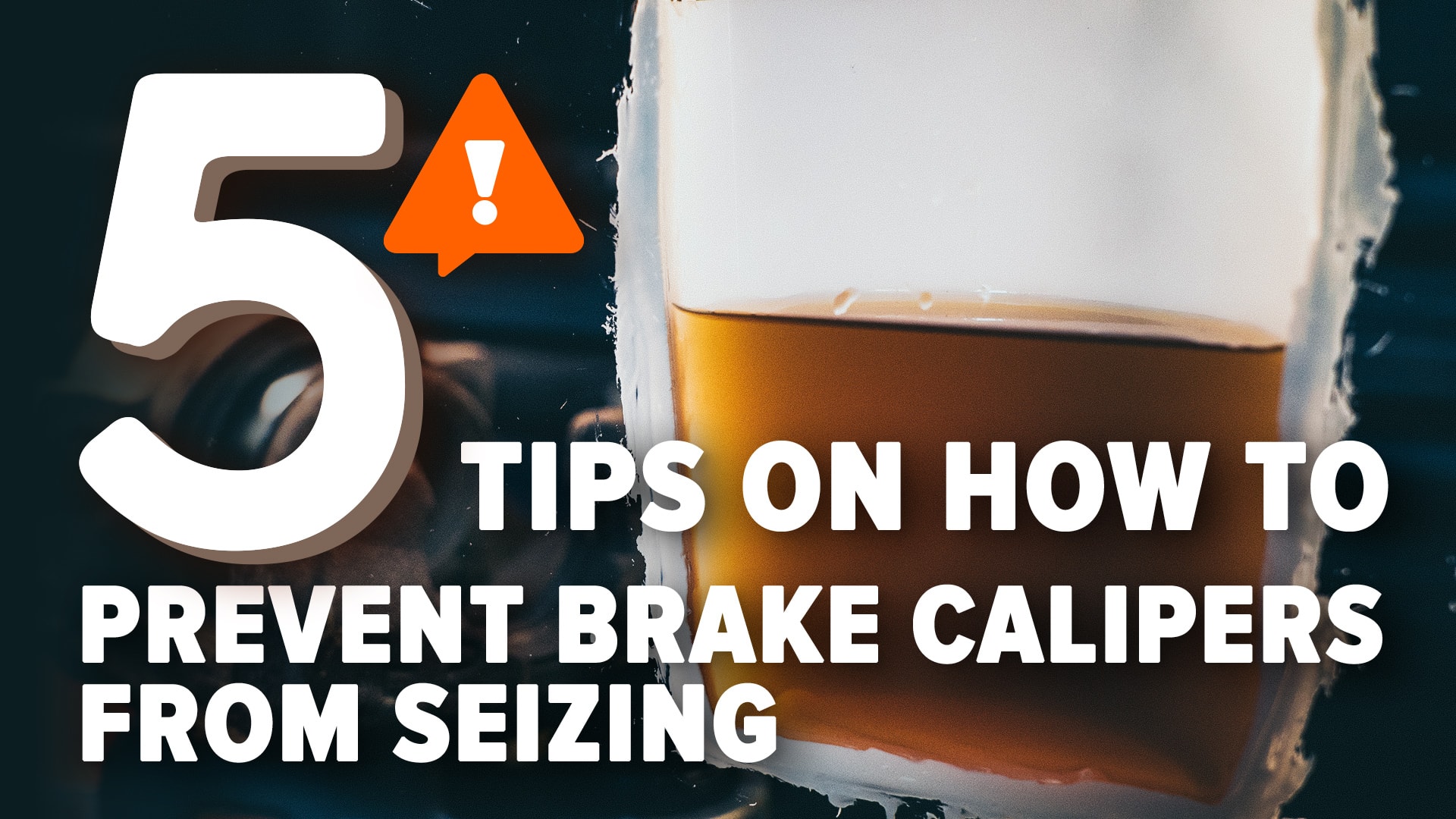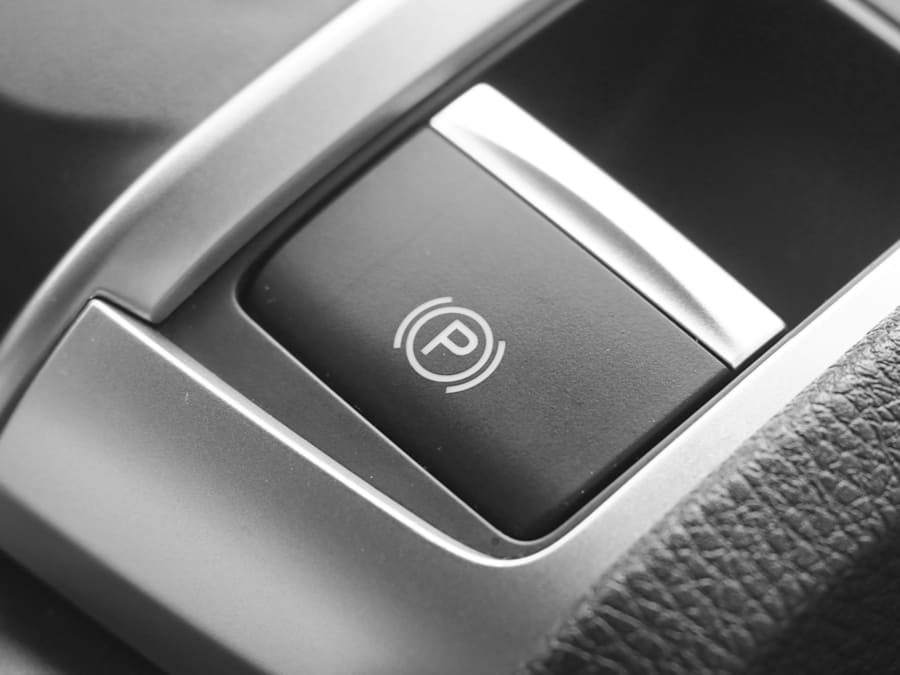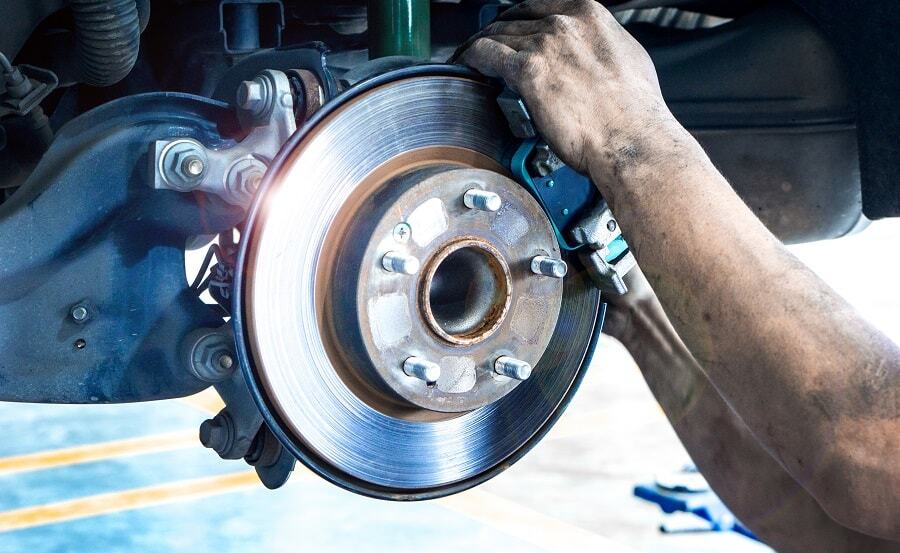
Have you noticed your car pulling to one side when you brake, or taking longer than usual to stop? Does it feel like you have to press the brake pedal down much harder than before? Can you smell something burning after braking? Does the engine rev up slowly and has coasting deteriorated? If so, it might be time to fix your brake caliper — or more specifically, a seized brake caliper.

Brake caliper design
A brake caliper is an important part of a disc braking system, fastening and fixing the brake pads to ensure they move when you brake. Currently, there are two kinds of calipers available: floating and fixed. Knowing how a caliper seizes often starts with understanding how it’s designed.
Floating calipers usually have one or two pistons on one side of the brake disc. The caliper housing is attached to a bracket that is fastened to the steering knuckle with bolts, and the brake pads are installed on this bracket.
Special springs secure the pads inside the guide slots. When the brake pedal is pressed, the piston moves out of the cylinder and applies pressure to the inner brake pad. The bracket then moves along the guide pins and presses the outer pad against the disc.
Fixed calipers do not include guide pins, and the pistons are located on both sides of the brake disc. Thus, when braking, fluid under pressure is supplied to all cylinders simultaneously, causing both the inner and outer pads to move. At other times, spring spacers hold them apart.

Why is my brake caliper sticking?
If you’re asking why do brake calipers seize, or why do my calipers keep seizing, you’re not alone. There are many reasons why you might end up with a seized caliper or find your brake caliper seized unexpectedly. Below are the most common causes and what to look out for:
- Exposure to humidity and dirt. Accumulated contamination prevents the pistons and guide pins from moving freely. Liquid can cause corrosion, leading to sticking. If the rubber dust boots, which are designed to protect moving parts from an aggressive environment, leak, the risk of the pistons and pins breaking down increases. What causes calipers to seize is often corrosion from moisture. Sticking is also much more likely to occur if the brake fluid is not changed in time because it is hygroscopic, meaning its water content increases over time, which also leads to corrosion of the pistons and pins.
- Using the wrong lubricant, or none at all. Special, high-temperature-resistant grease must be used on the guide pins. The wrong grease tends to dry up or leak through, and it can also destroy rubber parts. The guide pin cannot move freely in a swollen bush. This is one of the lesser-known but impactful reasons why a brake caliper seizes.
- Abrupt temperature changes. These have a detrimental effect on rubber dust boots. They accelerate corrosion and may cause the brake disc to bend, often resulting in seized calipers.
- Worn caliper elements. A worn-out caliper housing or piston surface can cause skewing and sticking. Dirt accumulating in damaged areas impedes the free movement of parts. What causes a brake caliper to seize is often internal wear.
- Deformation. Guide pins may bend due to incorrect installation, high strain or careless driving, which also increases the risk of sticking. This can lead to a seized front brake caliper or rear caliper seized, depending on which pins are affected.
- Driving with worn brake pads and discs. To ensure good grip of a worn friction pair, the piston may move too far out from its seat, which can cause it to skew. If you’ve been wondering how does a brake caliper seize, this is one mechanical answer.
- Using the wrong brake fluid. If a fluid is too viscous, the pistons will not return to their starting position. Additionally, polymeric or composite pistons may swell when in contact with the wrong fluid. This is a hidden factor behind brake caliper seizing and a big clue to what causes seized calipers.
- Exposure to aggressive chemicals. Road grit and brake fluid can cause rubber dust boots to wear out prematurely, so it’s important to keep the system airtight at all times. Open systems invite issues like caliper seizing and seized brakes.
Here are 5 tips on how to prevent brake calipers from seizing:
If you’ve ever asked how to prevent brake calipers from seizing, follow these five essential maintenance tips:
- Replace the brake fluid well in advance.
High moisture content in the brake fluid results in corrosion of the pistons. This is one of the main things that causes a seized caliper. - Regularly check that the dust boots are in good condition.
Damaged boots allow dirt to get on the pistons, leading to the same issues that explain what causes brakes to seize. - Use the brake fluid recommended by the car manufacturer.
If the fluid is too viscous, the pistons will return to their primary position slowly. This is often why a caliper seizes without warning. - Lubricate the guide pins every six months.
This will enable the moving parts of the assembly to move freely along their working path.
Important! Use a special high-temperature grease. Skipping this step is a surefire way to end up with a brake calliper seized. - Clean the brake caliper.
Remove any dirt with brake cleaner and a wire brush. Left unchecked, debris can create friction and eventually result in a seized brake caliper.
- @user_149966001.04.2023 00:54Member
do you have a videos on flushing the brake system
 @Stacy Adams17.04.2023 16:03Moderator
@Stacy Adams17.04.2023 16:03ModeratorYou can watch the video about changing the brake fluid via the following links:
- https://www.youtube.com/watch?v=JTFNlg0uUp0&ab_channel=autodoc.co.uk
- https://www.youtube.com/watch?v=C5QfMbHfGt4&t=302s&ab_channel=autodoc.co.uk


















Comments – 2